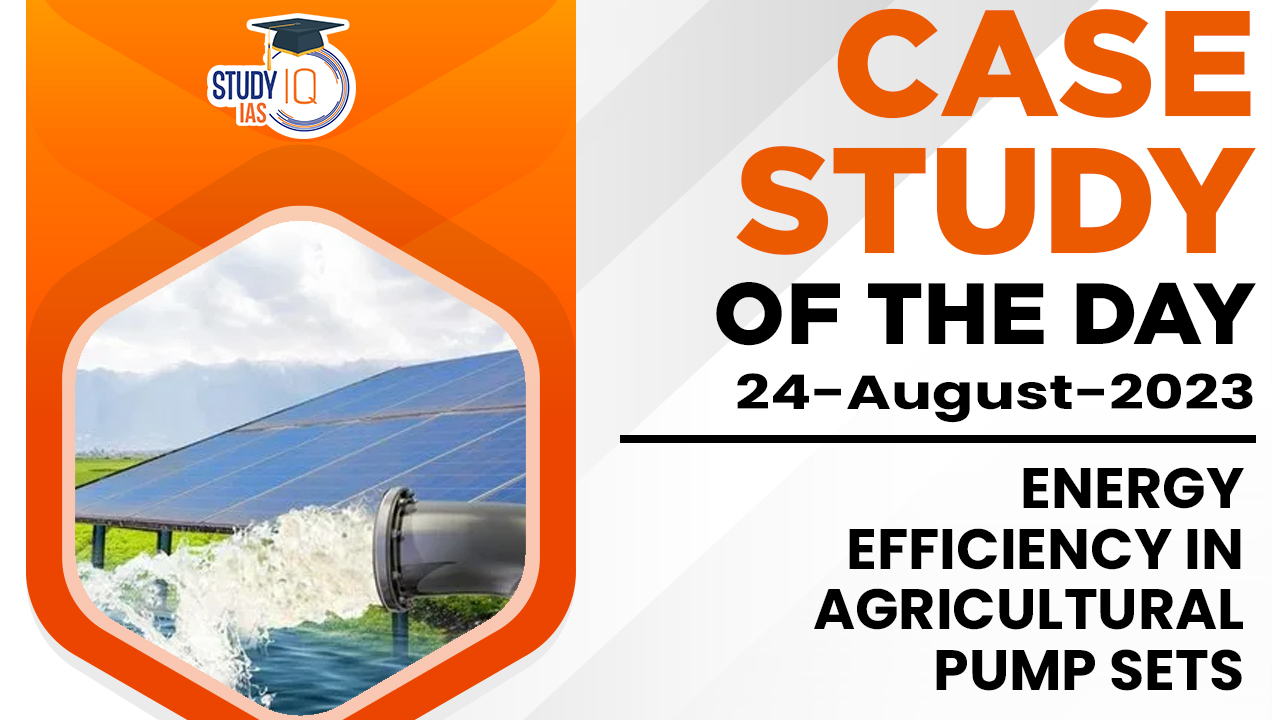Table of Contents
Agricultural pump sets are a major source of energy consumption in many countries. In India, for example, agricultural pump sets account for about 18% of total electricity consumption. The high energy consumption of agricultural pump sets is due to a number of factors, including:
- The use of inefficient pumps
- The operation of pumps at suboptimal conditions
- The lack of maintenance of pumps
Energy Efficiency Opportunities
There are a number of opportunities to improve the energy efficiency of agricultural pump sets. These opportunities include:
- Using more efficient pumps
- Operating pumps at optimal conditions
- Regularly maintaining pumps
Using More Efficient Pumps
- There are a number of more efficient pumps available on the market. These pumps can offer significant energy savings over less efficient pumps. For example, a study in India found that the use of more efficient pumps could lead to energy savings of up to 30%.
Operating Pumps at Optimal Conditions
- Pumps can be operated at suboptimal conditions, which can lead to increased energy consumption. For example, pumps that are operated at too high a head or flow rate will consume more energy than necessary. Farmers can improve the energy efficiency of their pump sets by operating them at optimal conditions.
Regularly Maintaining Pumps
- Pumps that are not properly maintained can become less efficient over time. Regular maintenance, such as cleaning and greasing, can help to keep pumps running efficiently.
Conclusion
There are a number of opportunities to improve the energy efficiency of agricultural pump sets. By using more efficient pumps, operating pumps at optimal conditions, and regularly maintaining pumps, farmers can save energy and money.


 Daily Quiz 05 July 2025
Daily Quiz 05 July 2025
 SSC MTS Apply Online for 1075 Posts – ...
SSC MTS Apply Online for 1075 Posts – ...
 Dynamic Pricing: What It Is and Why It's...
Dynamic Pricing: What It Is and Why It's...





















